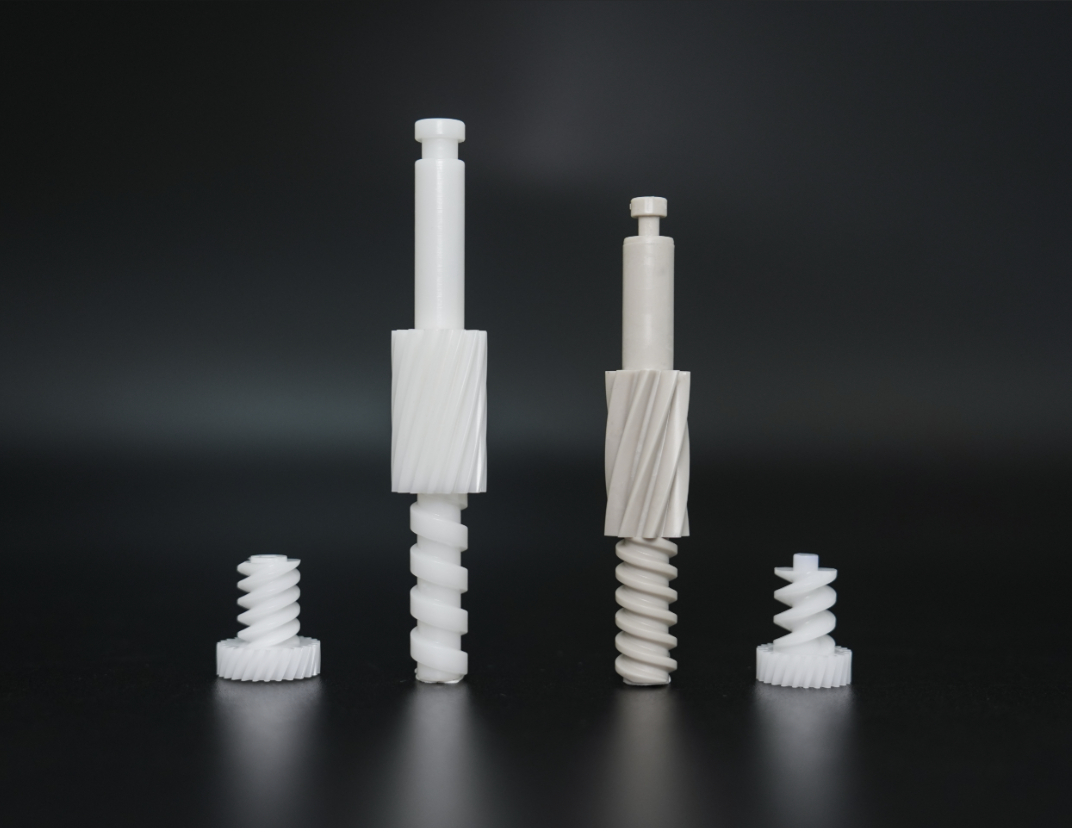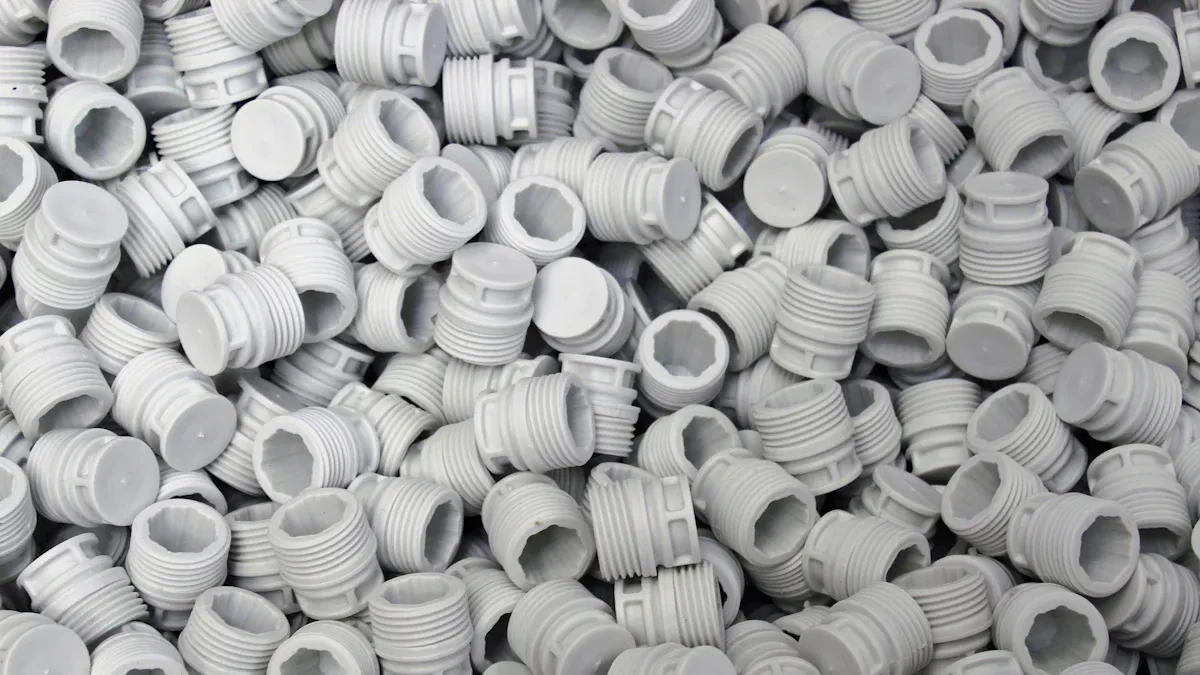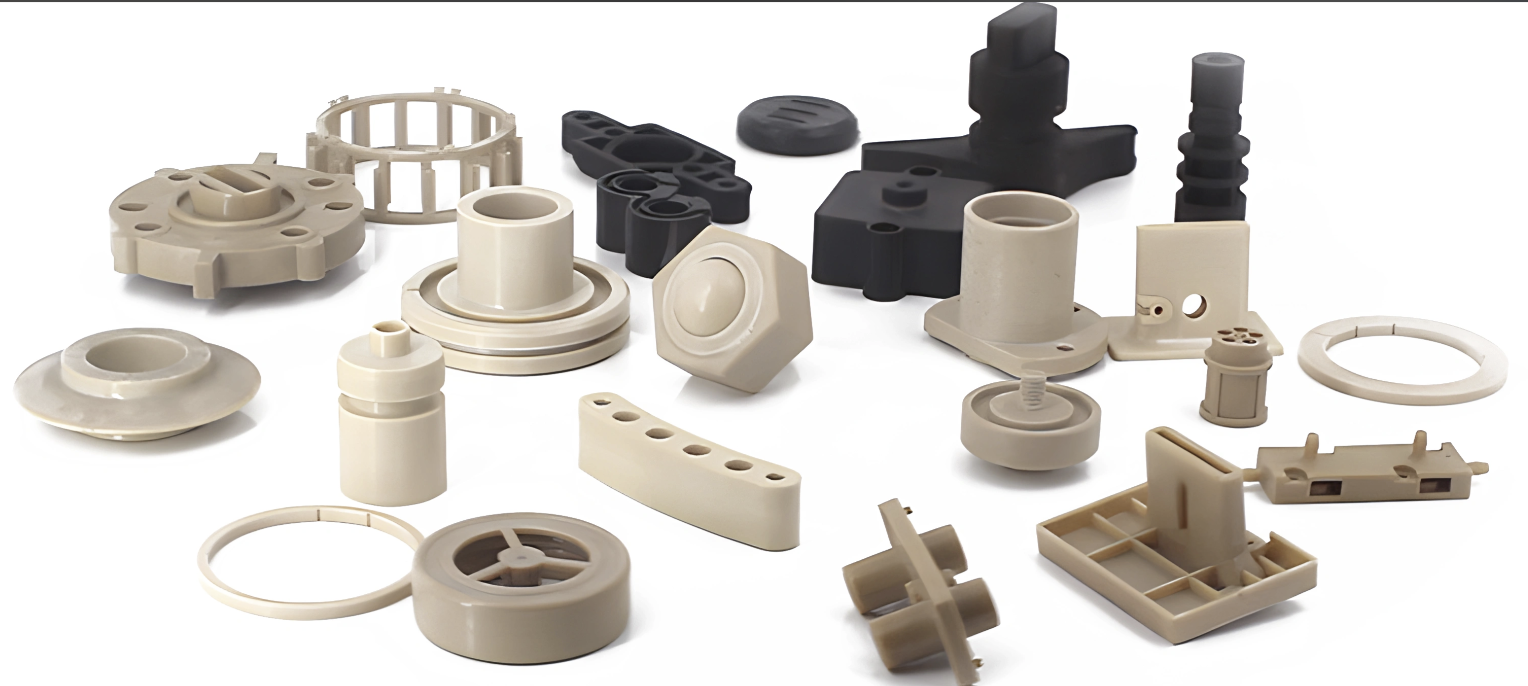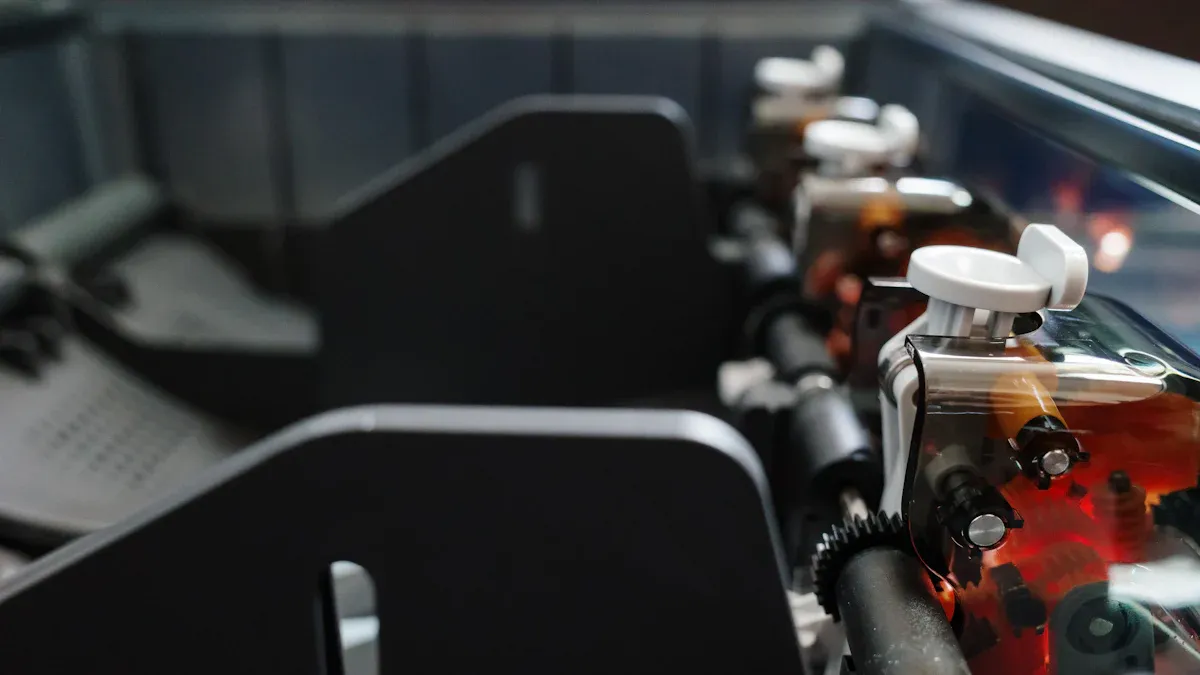Top Tips for Overcoming Snap-Fit Challenges in Plastic Injection Molds
Release time:
Sep 30,2025
Key Takeaways
- Collaborate early with Texin’s engineering team to identify and resolve snap-fit design issues before production.
- Focus on geometry, draft angles, and assembly to enhance the performance and reliability of snap-fit joints.
- Select the right resin to balance flexibility and strength, ensuring your snap-fit joints perform reliably over time.
Snap-Fit Challenges
Common Issues
You often encounter several issues when working with snap-fit joints in plastic injection molds. The most common types of snap-fit joints—cantilever, annular, and torsional—each present unique design hurdles. You may see problems like part deformation, inconsistent retention force, or even breakage during assembly. Thin walls can lead to weak points, while sharp corners may cause stress concentrations. Moldability challenges arise when you try to balance flexibility and strength, especially with complex geometries. Sometimes, you notice that the snap-fit does not align perfectly, which can result in assembly failures or reduced product lifespan.
Tip: Early collaboration with Texin’s engineering team helps you identify and resolve these issues before production. Their experience with micron-level tolerances ensures your snap-fit features meet strict industry standards.
Product Impact
When you overlook these challenges, your product quality suffers. Poorly designed snap-fit joints can cause assembly delays, increased scrap rates, and customer complaints. For example, if the common types of snap-fit joints do not function as intended, you risk product malfunction or warranty claims. In industries like automotive and electronics, even minor failures can lead to costly recalls. Texin’s expertise helps you avoid these pitfalls by providing reliable solutions tailored to your application. Their precision molds support consistent performance and long-term durability, giving you confidence in every production run.
Snap Fit Design Tips

When you approach snap fit design, you need to focus on three main areas: geometry, draft angles, and assembly. Each area plays a critical role in the performance and reliability of your snap-fit joints. Texin’s precision engineering and experience with micron-level tolerances help you achieve the best results in every snap fit design project.
Geometry
You start every snap fit design by considering the geometry of your joint. The shape and size of each feature affect how your snap-fit will perform under stress and during assembly. Texin’s engineers use advanced analysis to optimize every detail, ensuring repeatability and tight functional tolerances. The table below summarizes the most effective geometric strategies for improving snap fit design in plastic injection molds:
You want to avoid sharp corners in your snap fit design. Smooth transitions reduce stress and help your parts last longer. When you select the right cross-sectional geometry, you balance strength and flexibility. Texin’s team uses statistical analysis to set tolerances that work for both assembly and long-term use. You can trust Texin to deliver snap fit design solutions that meet your exact needs.
Draft Angles
Draft angles are a key part of every snap fit design. You need to add draft angles between 0.5 and 2 degrees on vertical surfaces. This small change makes a big difference. Draft angles help you eject parts smoothly from the mold. They also prevent damage during the ejection process. When you use the right draft angles, you make sure your snap fit design assembles correctly and functions as intended. Texin’s engineers always check draft angles during the design phase. Their attention to detail ensures your snap fit design meets the highest standards for manufacturability and assembly.
Tip: Always review draft angles before finalizing your snap fit design. Texin’s rapid feasibility studies can catch potential issues early, saving you time and money.
Assembly
Assembly is where your snap fit design proves its value. You want every part to fit together easily and hold securely. If you overlook assembly factors, you risk high rejection rates and poor product performance. Texin’s experience with tight functional tolerances means your snap fit design will work smoothly in real-world assembly lines.
Here are some practical steps to improve assembly in your snap fit design:
- Check that all snap-fit features align perfectly before production.
- Use Texin’s CNC precision machining to maintain consistent geometry across every part.
- Validate your snap fit design with trial runs and iterative testing.
- Communicate with Texin’s team about any unique assembly requirements for your application.
You can rely on Texin’s expertise to guide you through every stage of snap fit design, from initial concept to final assembly. Their commitment to quality and repeatability ensures your products meet industry demands for reliability and performance.
Note: If you have a 3D model or specific assembly requirements, send them to Texin for a tailored feasibility review. Their team will help you optimize your snap fit design for both production and assembly.
Material Choice for Snap-Fit Joints

Resin Selection
You need to select the right resin for your snap-fit joints to ensure reliable performance. The resin you choose affects how your parts flex, snap, and hold together. Materials with the right balance of strength and flexibility prevent issues like dimensional discrepancies and excessive stress. When you evaluate resin options, consider properties such as elastic modulus, yield strength, and elongation at break. These factors determine how well your snap-fit joint will perform during assembly and in daily use.
Texin’s Advanced Materials
Texin offers a range of advanced materials to match your project’s needs. You can choose from 45#, 718H, S136, and NAK80, each selected for specific applications. For example, 45# works well for prototypes, while S136 provides excellent corrosion resistance for high-polish parts. Texin’s expertise ensures you get the right material for your snap-fit mold, supporting both short runs and high-volume production. Their team helps you match material properties to your design, so your snap-fit joints maintain precision and durability.
Flexibility vs. Strength
You must balance flexibility and strength for effective snap-fit design. If your material lacks flexibility, you may face assembly problems. Excessive rigidity can cause breakage. Proper material selection helps you avoid poor fit or excessive stress. Consider these key points:
- The material must balance flexibility and strength for effective snap-fit design.
- Insufficient flexibility can lead to assembly issues, while excessive rigidity can cause breakage.
- Proper material selection is crucial to avoid complications like poor fit or excessive stress.
Texin’s team guides you through this process, ensuring your snap-fit joints withstand repeated use and maintain their function over time.
Stress Management in Snap-Fit Joints
Reducing Concentration
You need to manage stress concentration in every snap-fit design. Sharp corners and thin sections often create weak points in a cantilever snap-fit joint. You can reduce these risks by using smooth transitions and rounded edges. Texin’s engineers recommend analyzing stress distribution before starting injection molding. You should avoid abrupt changes in geometry. This approach helps you prevent cracks and failures in your cantilever snap-fit joint. When you work with Texin, you receive guidance on optimizing your design for better stress management.
Fatigue and Creep
You must consider fatigue and creep when designing a cantilever snap-fit joint. Repeated use can cause the joint to lose strength over time. High stress during injection molding may also lead to permanent deformation. You should select materials with good resistance to fatigue and creep. Texin offers advanced solutions that help you choose the right resin for your application. Their expertise ensures your cantilever snap-fit joint maintains its function after many cycles. You can rely on Texin to recommend materials that perform well under continuous stress.
Testing Methods
You need to test your cantilever snap-fit joint to confirm reliability. Texin uses several methods to evaluate stress management in injection molding. You can perform flexural tests to measure how much force the joint can handle. You should also use cyclic loading tests to check for fatigue. Texin’s team validates each design with real-world simulations. This process helps you identify potential issues before mass production. You gain confidence in your injection molding project when you follow Texin’s testing recommendations.
Tip: Send your design files to Texin for a detailed stress analysis. Their rapid feasibility studies help you catch problems early and improve your cantilever snap-fit joint performance.
Moldability in Plastic Injection Molds

Gate Placement
You need to choose the right gate placement for your plastic injection molds. The gate controls how molten plastic flows into the mold cavity. Proper gate location helps you avoid short shots and ensures complete filling. Texin’s engineers use rapid feasibility studies to analyze gate placement early in the design process. You can rely on their expertise to minimize weld lines and improve the appearance of snap-fit features. When you optimize gate placement, you reduce the risk of defects and achieve better part quality.
Ejector Pins
Ejector pins play a key role in removing parts from plastic injection molds. You must position ejector pins carefully to prevent damage to snap-fit joints. Texin uses CNC precision machining to place ejector pins with micron-level accuracy. This approach helps you avoid marks or deformation on critical surfaces. You should always review ejector pin layout during mold design. Texin’s trial optimization process ensures smooth ejection and consistent part quality.
Tip: Ask Texin for advice on ejector pin placement if your snap-fit design has complex geometries or thin sections.
Warpage Prevention
Warpage can affect the fit and function of snap-fit joints in plastic injection molds. You need to control cooling rates and material flow to prevent distortion. Texin’s six-stage service process includes detailed analysis of warpage risks. Their team uses advanced simulation tools to predict and solve warpage issues before production. You can trust Texin to deliver molds that maintain dimensional stability and reliable snap-fit performance.
You improve moldability and product reliability when you work with Texin on your plastic injection molds. Their expertise helps you overcome snap-fit challenges and deliver high-quality results.
Snap-Fit Joint Reliability

Real-World Examples
You can see the value of reliable snap-fit joints in many industries. For example, in automotive dashboards, a secure snap-fit prevents rattling and ensures a tight seal. In electronics, a precise snap-fit keeps circuit boards stable and protected. Texin supports these applications by running multiple validation trials for each mold. Their team checks fit, flex, and retention through real-world simulations. You benefit from Texin’s iterative approach, which refines each design until it meets strict performance standards. This process helps you avoid costly failures and ensures your products work as intended.
Lessons Learned
You improve your snap-fit designs when you collaborate early with Texin. By sending your 3D models and specifications, you allow Texin’s engineers to review your project in detail. This step brings several advantages:
- You validate your design assumptions before production begins.
- You identify potential issues with part interfaces and tolerances early.
- You receive feedback that helps refine your snap-fit mechanisms for better manufacturability.
Texin’s feasibility reviews and iterative trials help you catch problems before they reach the production floor. You save time and resources by making adjustments early. When you work with Texin, you gain a partner who values precision and reliability in every snap-fit joint.
You can overcome snap-fit challenges by following these tips:
- Use a sliding shutoff for snap-fit features.
- Align part features with the mold opening.
- Choose flexible materials like ABS.
- Utilize hand-loaded inserts for complex shapes.
- Consult Texin for expert guidance and high-quality parts.
Texin’s expert process improves reliability by tapering cantilevers and refining design.
Leverage Texin’s expertise and service process to achieve reliable snap-fit joints. Reach out to Texin for precision snap-fit mold solutions.
FAQ
What is the most important factor when you design snap-fit joints?
You must focus on geometry, material choice, and stress management. Texin helps you optimize these factors for reliable snap-fit joints in every application.
How do you prevent failure in snap-fit joints during assembly?
You should use smooth transitions, proper draft angles, and select the right resin. Texin’s team validates each snap-fit joint with real-world testing to ensure durability.
Can Texin help you design a connector with reliable snap fit connections?
Yes. Texin’s engineers guide you through every step to design a connector. You get support for snap fit connections, snap-fit joint optimization, and material selection.
Related Blog
Share


